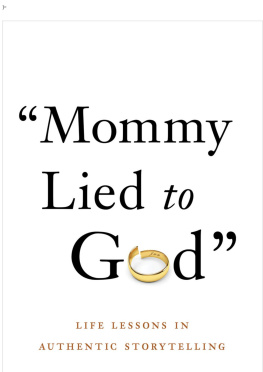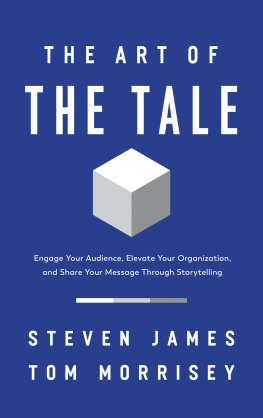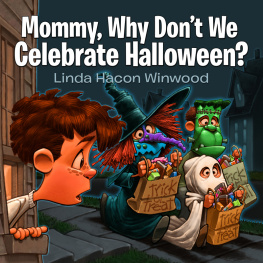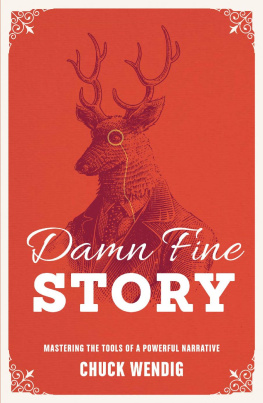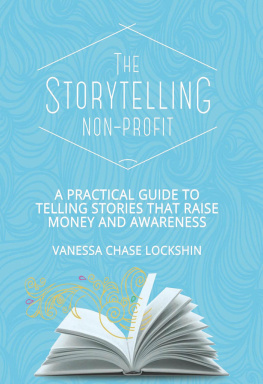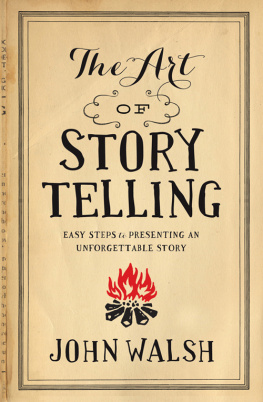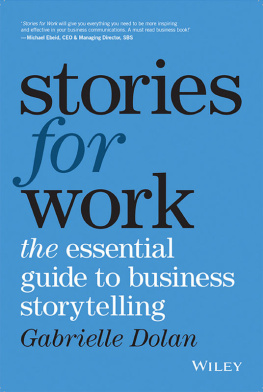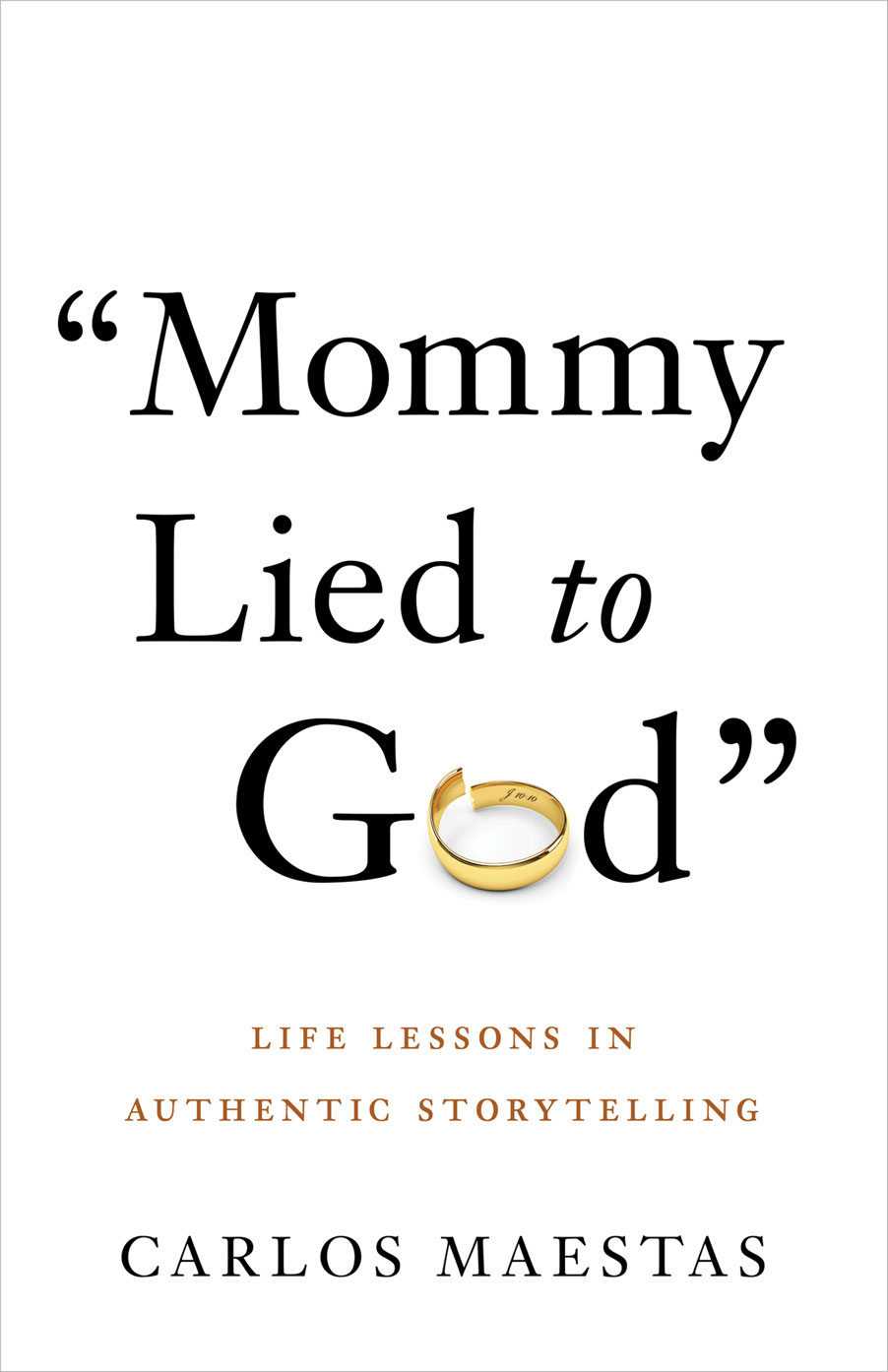]>
]>
Copyright 2020 Carlos Maestas
All rights reserved.
Illustrations by Rick Lopez.
ISBN: 978-1-5445-0403-2
]>
To the co-founders of my story, my mom and dad.
]>
Contents
]>
Introduction
Anyone who grew up between 1968 and 2001 no doubt experienced one of the greatest storytellers America has ever produced. Maybe the best. You might think I mean Walt Disney. His resume is undeniable: the creator of Mickey Mouse, Cinderella, Snow White. Disneyland and, later, Walt Disney World. Winner of twenty-two Oscars.
I understand, but you would be wrong. I say this at risk of being added to the Disney corporations version of the TSA no-fly list. As I write this, I am having real anxiety about the next time I drive my family halfway across the country like Clark Griswold, only to have my Magic Band confiscated at the gate. Mommy, why does Mickey Mouse hate Daddy?
Dont get me wrong, I love everything Disney, but for me, Fred Rogers of Mr. Rogers Neighborhood fame, is one of the greatest storytellers in American history, and probably the most iconic childrens storyteller ever. I reflected on his legacy recently as I flew to New York City and watched the documentary Wont You Be My Neighbor? The film is a heartwarming look at the life of the legendary childrens television pioneer.
For three decades, Fred came into our homes to educate, entertain, and inspire a generation of kids, and his show was a masterclass on the power of authentic storytelling. Storytelling is one of the most powerful tools we have to reach our fullest potential in life, and Mr. Rogers embodies the kind of storytelling at the heart of this book. Here are the three main reasons why.
1. He Tackled Real Issues
Walt Disney created a captivating lineup of unforgettable characters, but none of their storylines dealt with divorce, racism, or the threat of impending nuclear war. It is hard to imagine Prince Charming complaining about paying child support or Aladdin using a wish to stop all the gentrification in Agrabah.1 Mr. Rogers, though, believed that kids could understand difficult issues presented honestly and in an age-appropriate way.
Rogers also incorporated his deep religious faith in his storytelling. Before finding his calling on public television, he obtained a Master in Divinity and became an ordained Presbyterian minister. It is not hard to see how his television show would become his ministry. After Dr. Martin Luther King, Jr.s assassination, he devoted an entire episode of the show to answering childrens questions about the slain civil rights leaders tragic death.
He fought racism by introducing the first recurring part for an African American on a childrens show when he cast Francois Clemmons as Officer Clemmons. In one amazing segment, the two soaked their feet in a shared wading pool. Mr. Rogers later dried Officer Clemmonss feet with a towel. It was a bold move, and it is hard to overstate the importance of foot washing as an act of humility and a symbol of reverence straight out of the Bible.
Other times, Mr. Rogers tackled issues like childhood disease and disability. Jeffrey Erlanger was a ten-year-old boy confined to a wheelchair as the result of a spinal tumor. Seeing a quadriplegic child would spark questions in any youngster. In one of his most famous episodes, Mr. Rogers welcomed Jeffrey to the show, had him explain his condition and show off his chair. More importantly, he gave Jeffrey a chance to show that what he lacked in mobility he made up for in personality and spirit.
The stories Mr. Rogers shared were the opposite of the Disney fairy tale. They were real and handled with honestya lesson youll learn to apply to your own storytelling as we move through this book. Together, like Mr. Rogers would have wanted his neighbors to do.
2. He Was Authentic
During the documentary, director Morgan Neville makes one thing clear: Mr. Rogers was the same guy on and off the screen. Early in his career, Mr. Rogers made it a point to just be himself no matter whether the cameras were rolling.
One of the greatest gifts you can give anybody, he once said, is the gift of your honest self. I believe kids can spot a phony a mile away. He did not try to be something that he was not. He looked completely comfortable in his cardigan, tie, and sneakers. His show ran for over three decades, yet he made no attempt to try to keep up with the latest look. He never traded in his sweater for a leather jacket or his low-top sneakers for a pair of basketball shoes. (Okay, it might have been cool to see Mr. Rogers rocking some Jordans, but it simply was not him.) Mr. Rogers was not interested in making a fashion statement. What he was interested in was giving generations of children a sense of security through the predictable practice of changing from his sports coat to his sweater and sneakers. Brilliant! It was so impactful, in fact, the practice continues to this day through the animated spin-off of Mr. Rogerss show, Daniel Tigers Neighborhood.
Mr. Rogers was not just consistent when it came to his choice of dress.
There is a wonderful firsthand account of an encounter with Rogers by journalist and novelist, Anthony Breznican, following a global tragedy.
In May 2017, a suicide bomber in Manchester, England detonated a suicide bomb outside an Ariana Grande concert. Twenty people lost their lives. In the days that followed, many people posted a famous quote from Mr. Rogers on social media: When I was a boy and I would see scary things in the news, my mother would say to me, Look for the helpers. You will always find people who are helping.
Breznican added a story of another Rogers encounter he had when he was in college and in need of help. He tweeted about a dark season in his life. He felt lonely and hopeless, and he struggled to find some inspiration. One day, he stumbled upon an episode playing in the common area of his dorm building. As he sat and watched an entire episode, the calming, familiar voice of his favorite neighbor instantly made him feel better.
A few days later, he entered an elevator and locked eyes with Mr. Rogers, who greeted him with a warm smile. He tried to play it cool. It worked for a minute, but before he walked out of the elevator, he turned to Mr. Rogers and said, Mr. Rogers, I dont mean to bother you, but I wanted to say thanks.
Mr. Rogers smiled and asked, Did you grow up as one of my neighbors?
Breznican fought back tears as he replied yes.
Mr. Rogers opened up his arms for a hug, and said, Its great to see you again, neighbor.
Before Breznican knew it, he was pouring out his heart to Mr. Rogers, telling him about rediscovering the show when he most needed it. Then, Mr. Rogers took off his scarf and motioned to a window ledge. He sat down and said, Do you want to tell me what was upsetting you?
Breznican had just lost his grandfather a few months before and was struggling to mourn without family or close friends to confide in. Mr. Rogers had been the first person to ask, What is upsetting you? Mr. Rogers went on to share about the loss of his own grandfather and said, Youll never stop missing the people. Youll always carry with you what they taught you and how they shaped you as a person.
Breznican later wrote that when Mr. Rogers passed away in 2003, it deeply touched him: I wasnt crying over the death of a celebrity. I was mourning the loss of a neighbor.
Next page
